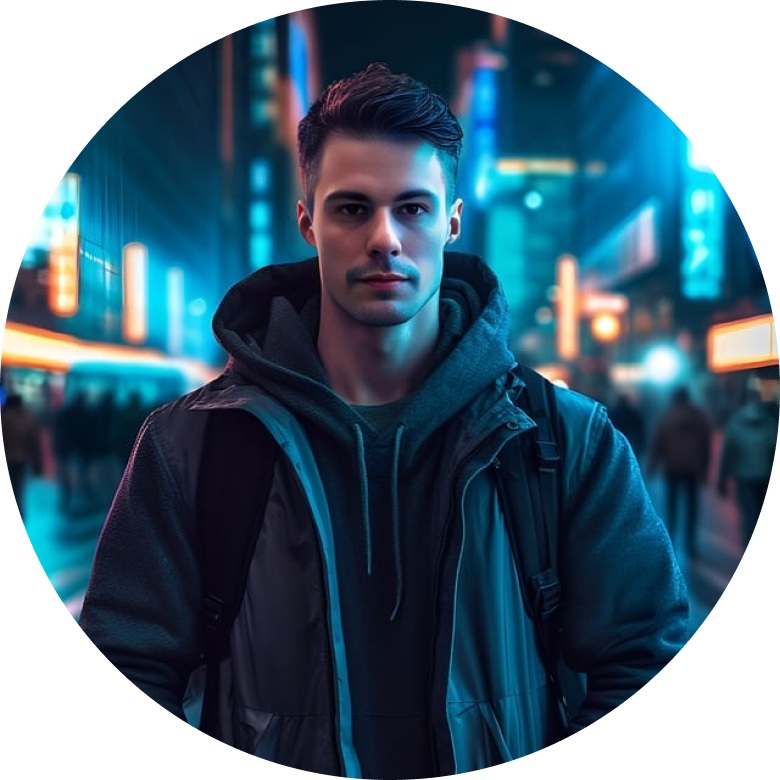Flat-lay clothing photography can directly influence customers' decisions to buy. This is something that smart business owners are aware of. In this article, we'll explore how to do a flat-lay clothing photography setup to help you capture images that sell. We'll introduce you to innovative AI-powered tools that will elevate your photography skills to new heights.
In this article
What Is Flat Lay Photography?
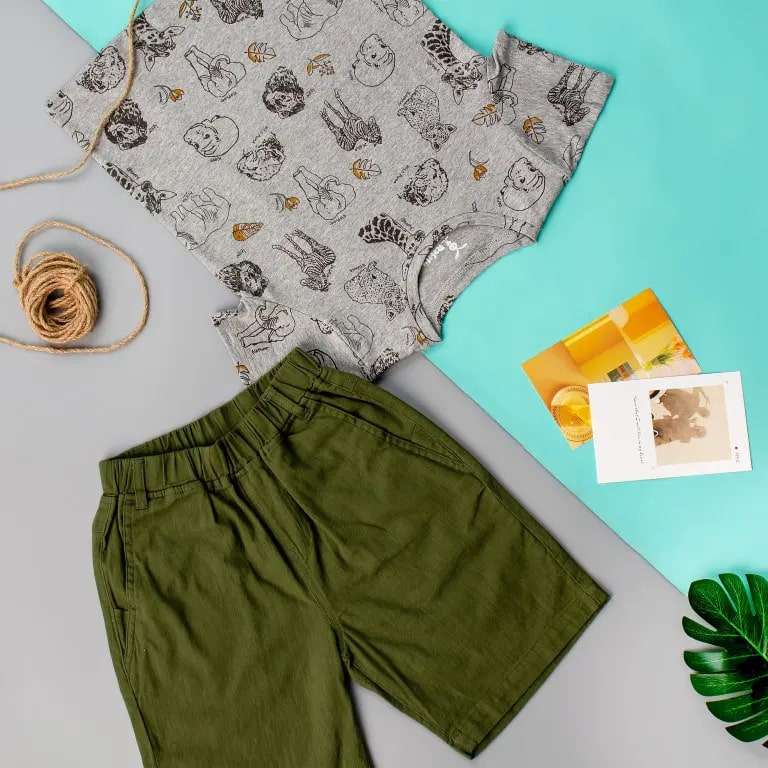
Flat-lay photography is a method where objects are positioned on a flat surface and photographed from above. It is widely used in creating ecommerce product photos, particularly in social media visual content plans for food, jewelry, fashion, and cosmetics.
These photos are taken from a bird's eye view, capturing a visually appealing arrangement of objects. They tell a story through the objects, colors, and organization. This style of photography has gained immense popularity in recent years and is frequently seen on social media. Personal brands, as well as company brands, use flat lays in their visual content.
For clothing brand photoshoot, flat-lay photography has a lot of benefits:
- It lets the brand show many products in just one picture, which looks nice. This is great for showing outfits or matching items.
- Flat-lay photography gives a clear view of the clothes, showing their details, patterns, and textures. This helps people see how good the products are and makes them more confident about buying.
- Flat-lay photography is flexible and lets brands be creative. They can add accessories or lifestyle items to make the picture look better and tell a specific story. This helps the brand show its personality and message to the people they want to reach.
How Do You Photograph Flat Lay Clothes?
Now, let's delve into some flat-lay clothes photography ideas to help you understand how to use them yourself.
1. Find Inspiration for Your Flat Lay Photos
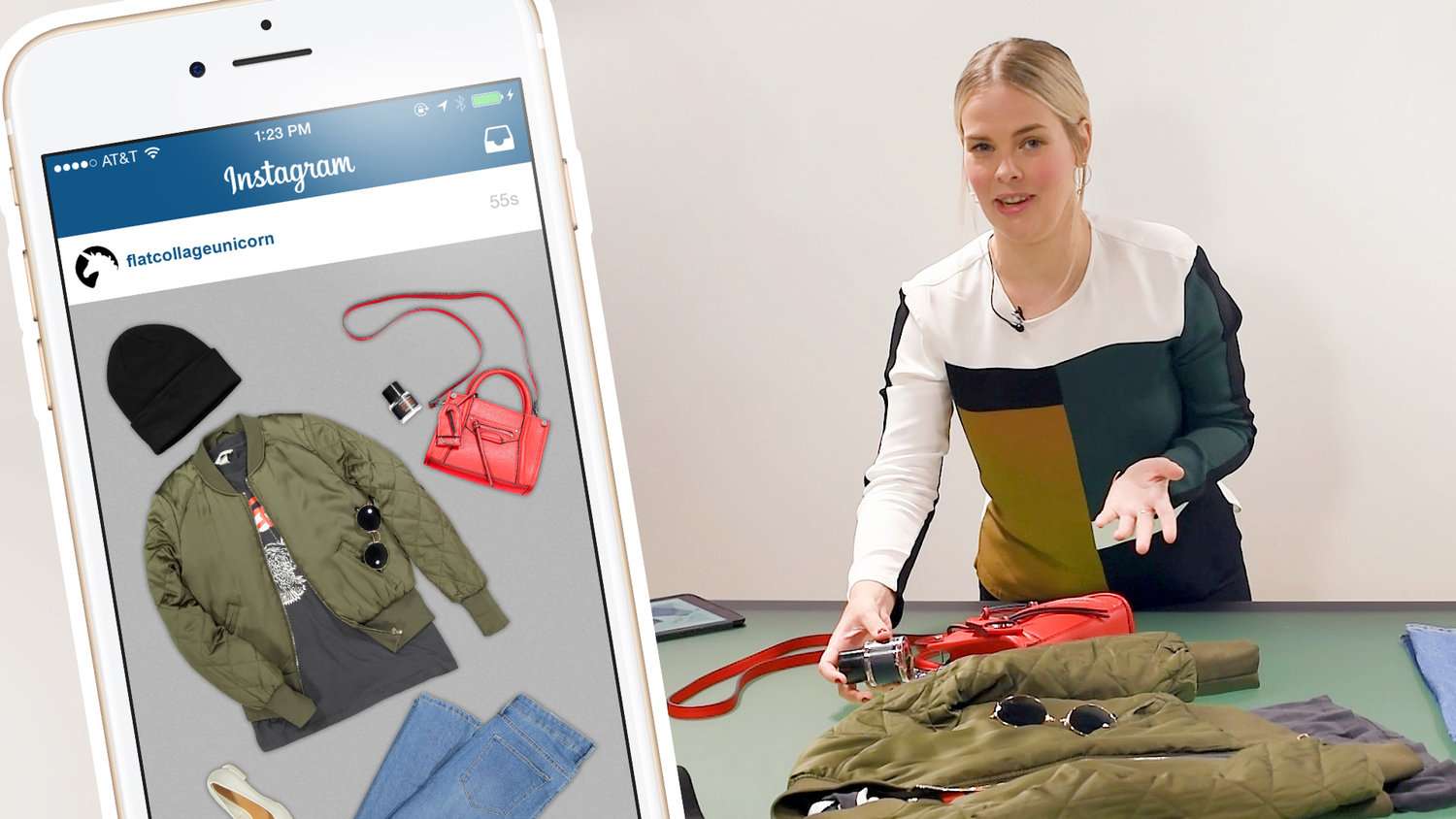
If you're unsure where to start or need ideas, we recommend checking out Pinterest or Instagram using the #flatlay hashtag. You can also browse through Pinterest pins and other templates for inspiration.
2. Gather Your Props Like a Pro
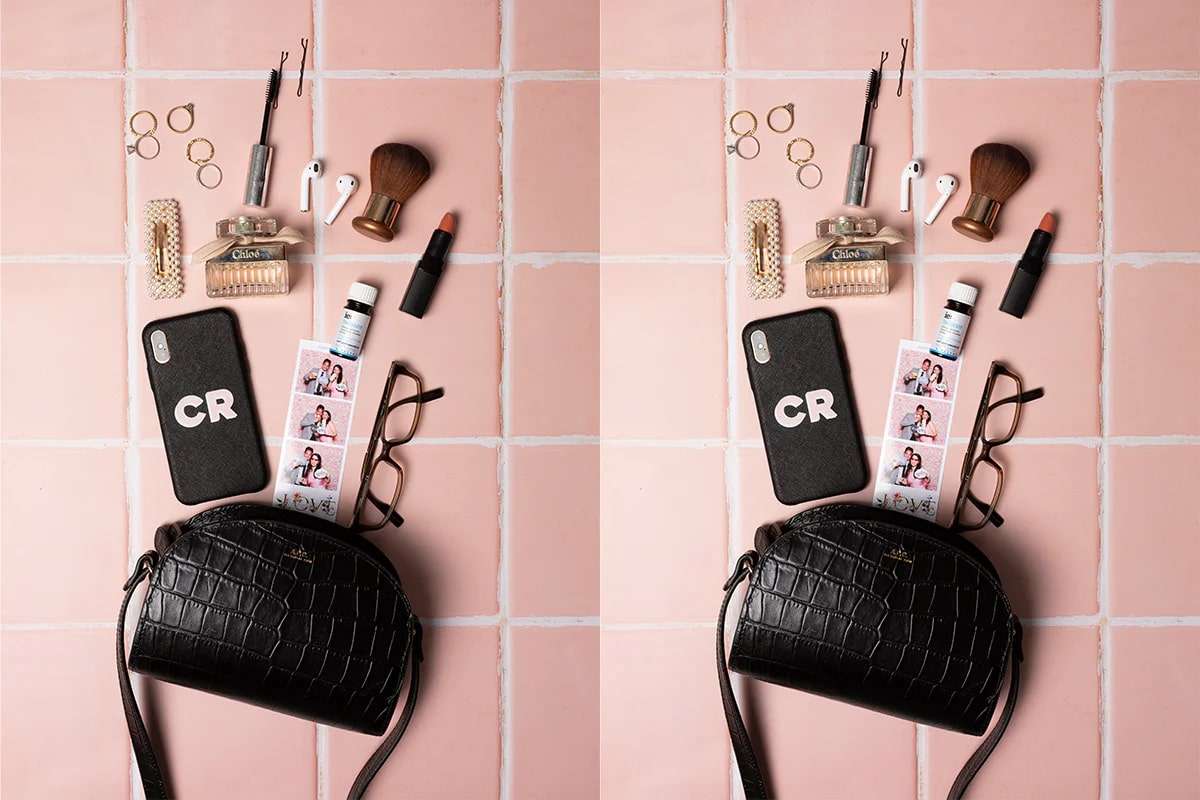
Like in a theater, props are important in flat-lay clothing photography to enhance the scene. Follow these tips to assemble a great flat-lay photo:
- Choose a suitable theme
Decide on the focus of your flat lay and select props that align with that theme. It could be related to your business, such as cosmetics, or something more abstract, like capturing excitement before a journey.
- Pick the right props
Use neutral or universal objects like plants, books, or everyday items that photograph well. Make sure the props enhance the photo without distracting from the main subject.
Select more props than you think you'll need, so you can easily swap them in and out while composing your shot. This allows for small adjustments to create the perfect flat lay.
Have a color palette in mind as you choose your props. Different colors evoke different moods, so consider how the combination of colors makes you feel and how you want your audience to feel.
- Use diverse shapes and sizes.
Include objects of various shapes and sizes to add visual interest. Aim for balance by subtly mixing smaller and larger objects and placing objects of similar colors on both sides of the image.
3. Choose a Suitable Background
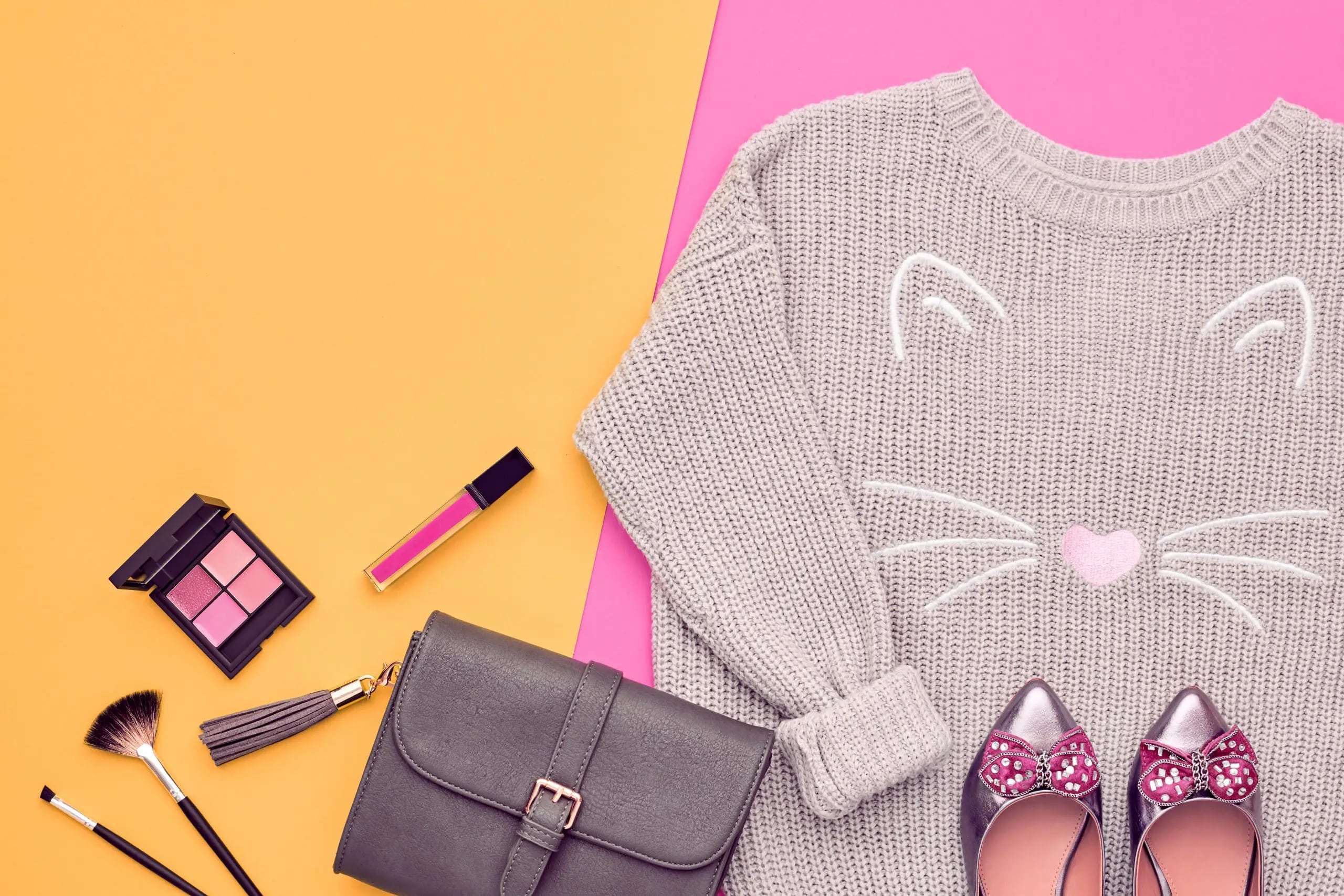
Keep the background simple to avoid distractions. A plain white background works well, but you can use a neutral surface like a wood floor or table. If you want a colored background, get creative by taping matte wrapping paper on a surface.
For consistent flat lays, invest in vinyl backdrops for a rustic look. You can remove and replace the background using an automatic background remover tool.
4. Stage Your Flat Lay Photo
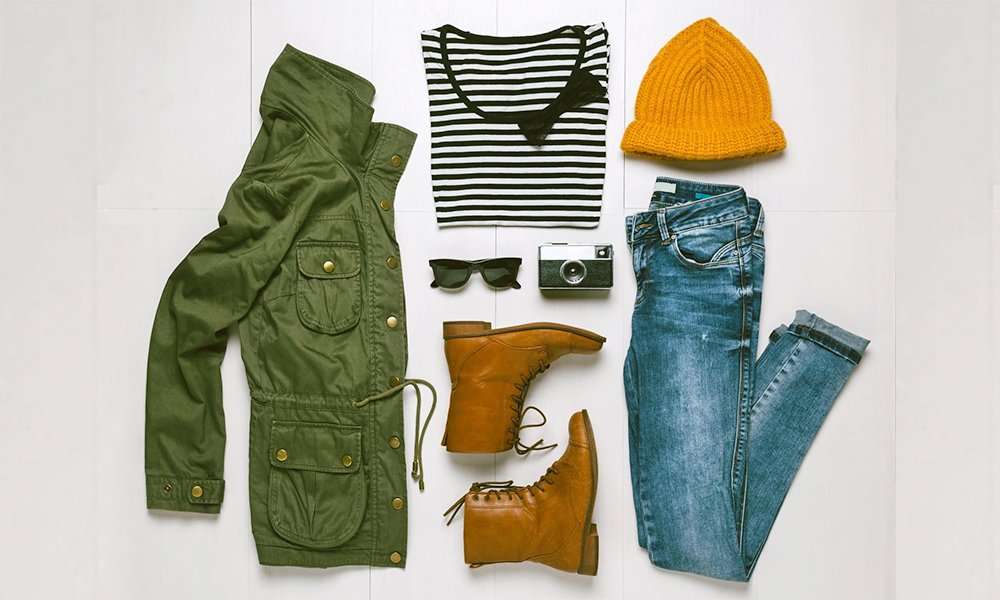
Set up your props and background near a window to use natural light. Natural light is ideal for flat-lay clothing photography. Shoot near a window or in a well-lit area to capture the true colors and textures of the clothes. Avoid harsh shadows by diffusing the light if necessary. Avoid using flash to prevent shadows.
Then, place the clothes on a flat surface in an organized and visually appealing manner. Experiment with different arrangements, layering the garments and accessories to create depth and interest.
Leave space between each object to highlight them and maintain a clean look. Consider using a square layout to post your photo on Instagram. This is easily done by selecting the square setting in your camera.
Furthermore, include complementary accessories that complement the clothes, such as shoes, jewelry, or handbags. These items can enhance the overall aesthetic and create a cohesive look.
5. Leave Room for Text and Graphics
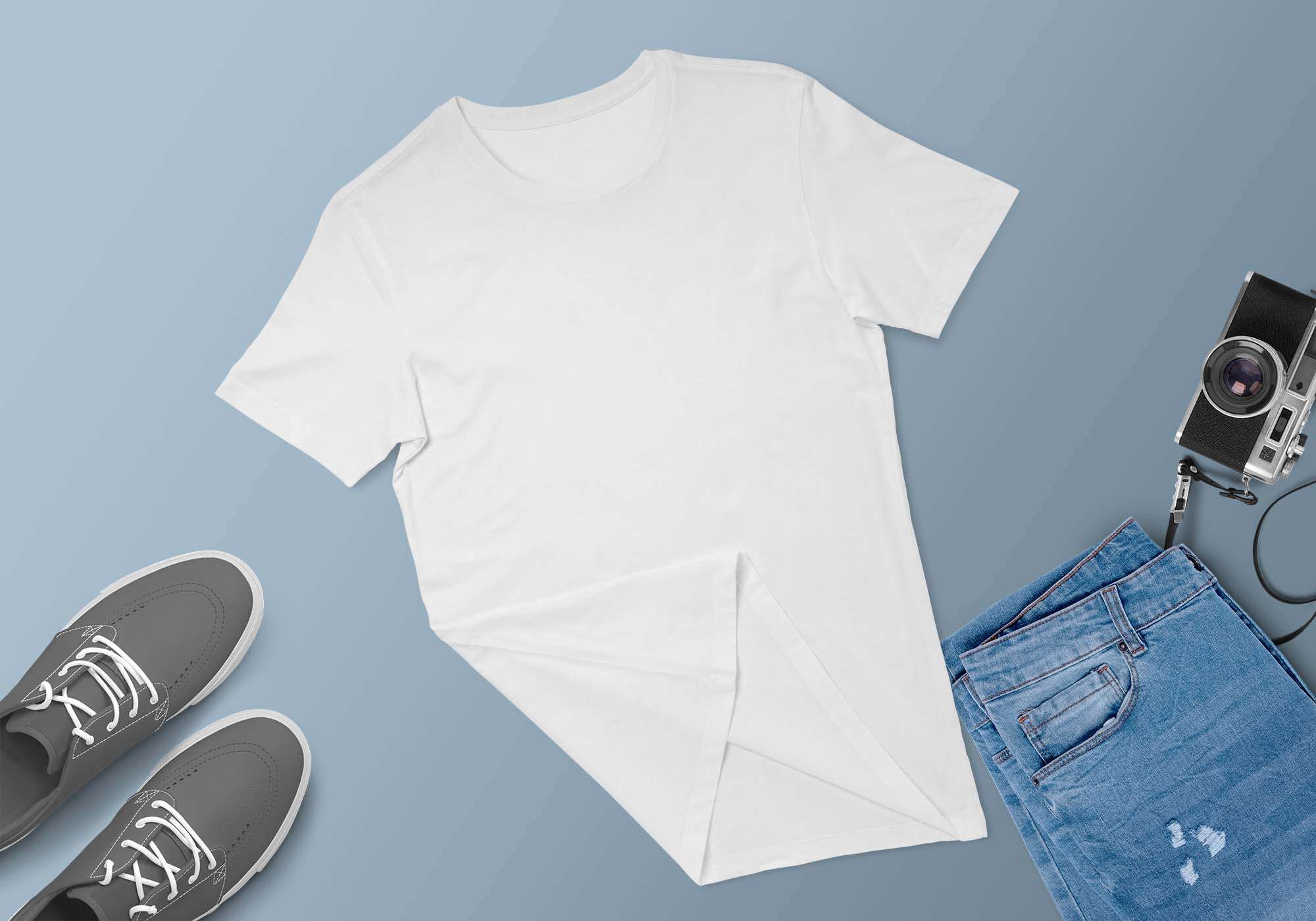
Consider the overall composition of the photo. Create balance and symmetry by positioning the clothes symmetrically or using the rule of thirds for a pleasing arrangement. Create space within your photo to add text or graphics later during editing. This is useful for branding or adding quotes if desired.
6. Shoot From Above

Position yourself above the flat lay by using a ladder or step stool. This perspective allows you to fit everything into the shot and achieve a flat look. Take test shots and adjust props until you achieve the desired composition.
Zoom in on specific clothing details, such as patterns, textures, or intricate designs. This helps potential customers get a better idea of the fabric and quality of the garments.
Explore different angles and perspectives while shooting. Take overhead shots directly above the clothes or shoot from a slightly elevated or tilted angle for a unique and dynamic composition.
Once you have the perfect shot, it's time to edit.
7. Edit for a Clean and Polished Look

After capturing the photo, use photo editing software or apps to enhance the image. Adjust brightness, contrast, and colors if needed, ensuring the final result is clean and visually appealing. You can use AI photo editors to accelerate your work.
Use AI Clothing Photography tool for Better Results [HOT]
With the advancement of AI, flat-lay clothing photography has become more accessible and efficient. AI-powered tools can automate background removal, DIY backdrop generating, image retouching, and color correction tasks. These tools analyze and enhance product pictures, giving them a professional and appealing look.
One exceptional AI tool specifically designed for product photography is booth.ai. This powerful tool enables you to easily generate high-quality flat lay clothing pictures, requiring just a few simple clicks.
Using Booth.ai is as simple as following three straightforward steps:
Step1: Upload Your Clothes Images
Begin by uploading your clothes images to the AI Scene Generator of booth.ai. This can be done effortlessly, ensuring a seamless user experience.
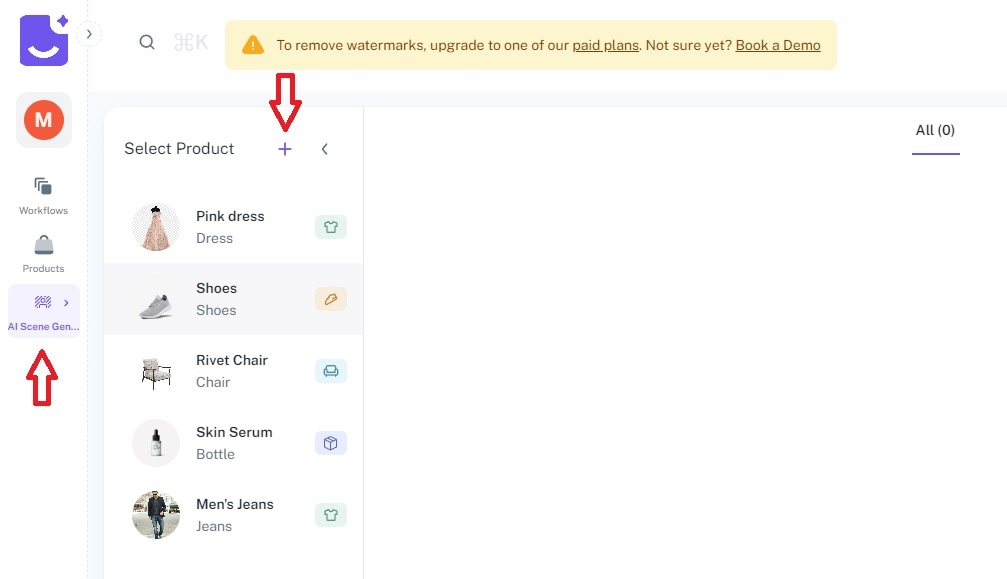
Step2: Generate Background Through Text Prompts
Booth.ai's powerful AI algorithms will analyze your uploaded images, identifying areas for improvement. It automatically applies enhancements such as background removal, retouching, and color adjustments according to your text prompts.
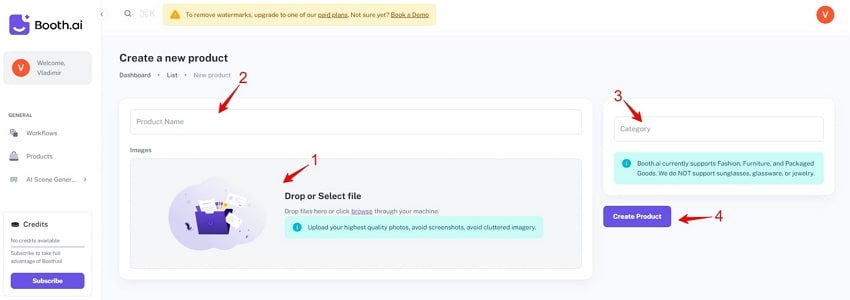
Step3: Generate Photos
Once the analysis and enhancements are complete, Booth.ai generates high-quality lifestyle pictures showcasing your products in desired settings.
Conclusion
Mastering the art of flat-lay photography can greatly enhance your visual content, whether for personal or business purposes. By following these tips and utilizing tools like booth.ai, you can create stunning flat-lay photos that capture attention, tell a story, and effectively showcase your products or ideas to the world.
